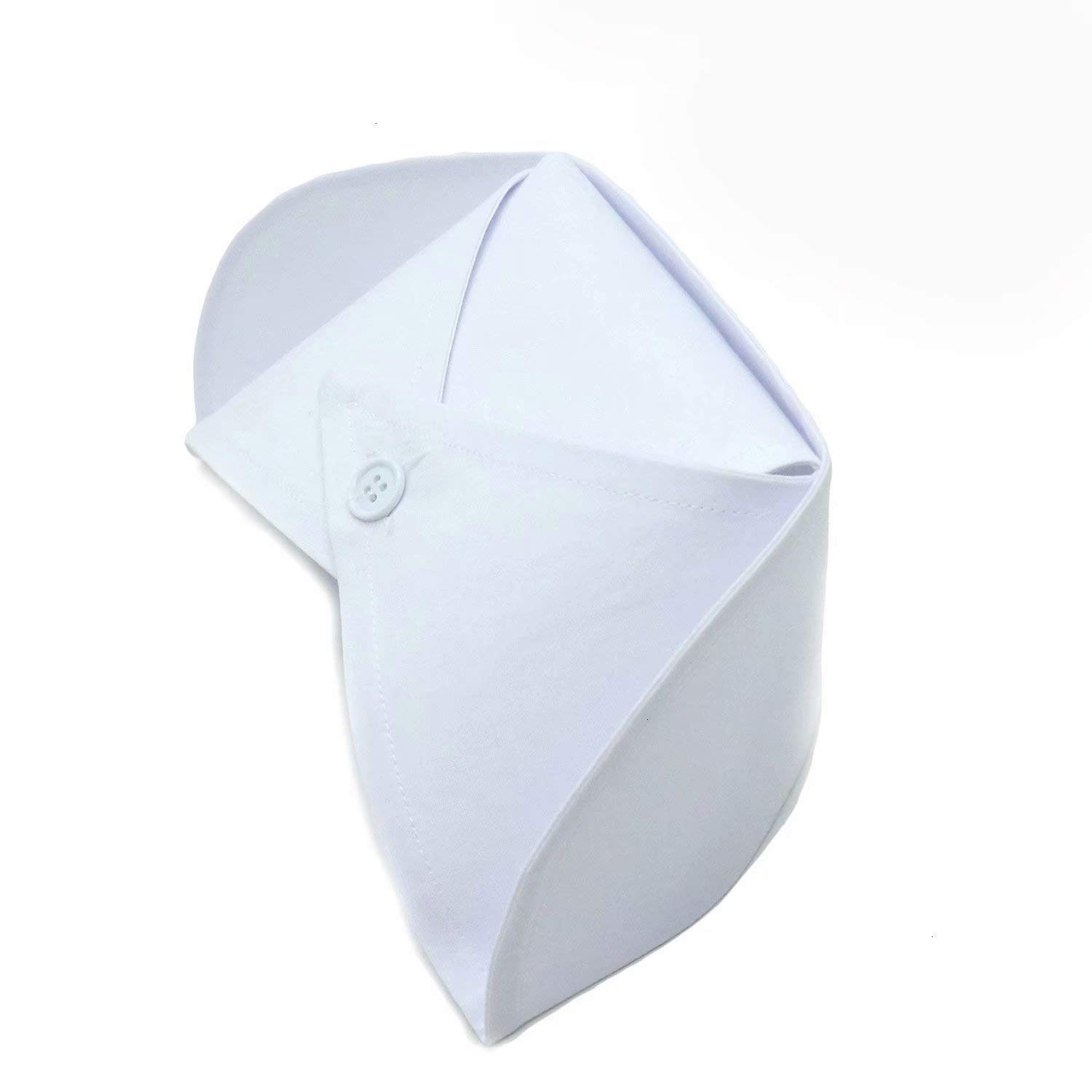The nurse cap—once an essential part of a nurse’s uniform—has a rich history that stretches back centuries. What began as a practical item to maintain hygiene has evolved into a powerful symbol of nursing tradition and professionalism. Today, while nurse caps and nurse hats are rarely worn in daily practice, they still hold a special place in ceremonies and the hearts of many nurses. Curious about how the nurse cap has transformed over time? Or wondering where to find authentic nurse caps for sale? Let’s explore the fascinating journey of this timeless nursing emblem.
Why Was the Nurse Cap Created in the First Place?
What Was the Original Purpose of the Nurse Cap?
The earliest nurse caps had a straightforward but vital purpose: maintaining cleanliness and ensuring nurses’ hair stayed neatly tucked away during patient care.
• Prevented hair from contaminating sterile environments
• Helped uphold strict hygiene standards in hospitals
• Made nurses easily identifiable within healthcare settings
Fun fact: The design of the nurse hat was inspired by the head coverings worn by nuns who provided care in early hospitals. This religious connection emphasized purity, discipline, and dedication.
How Did Nurse Caps Evolve Over the Decades?
From Practical Headwear to Proud Symbol
• 19th Century: Large, starched caps resembling bonnets dominated nursing uniforms, reflecting modesty and professionalism.
• Mid-20th Century: Caps became smaller and more refined, often featuring distinct folds or ribbons to represent different nursing schools or ranks.
• Late 20th Century: Practicality and modern hygiene standards led many hospitals to phase out daily use of nurse caps and nurse hats.
• Today: While rarely used on the floor, nurse caps remain important in ceremonies such as graduations and pinning ceremonies, symbolizing achievement and tradition.
Why Do Nurse Caps Still Matter Today?
What Does the Nurse Cap Represent Now?
Though the everyday use of the nurse cap has declined, its symbolism is more relevant than ever in honoring the nursing profession.
• Heritage and Tradition: The cap connects modern nurses to generations of caregivers before them.
• Professional Pride: Wearing a nurse hat during ceremonies celebrates years of study and dedication.
• Unity: The cap serves as a visual symbol that unites nurses worldwide in their shared mission of care.
Where Can You Find Nurse Caps for Sale?
Looking to Purchase a Nurse Cap or Nurse Hat?
If you’re preparing for a graduation or want to honor nursing tradition, finding quality nurse caps for sale can feel daunting. Here are some tips:
• Specialized Medical Uniform Retailers: They often stock authentic caps with traditional designs.
• Online Stores: Many online shops offer a variety of nurse caps and nurse hats, including customizable options for ceremonies.
• Nursing Schools: Some institutions provide caps to their graduates or can direct you to trusted suppliers.
Tip: When choosing a nurse cap, consider fabric quality, shape retention, and authenticity to ensure your cap stands out during important ceremonies.
What Are Some Styles of Nurse Caps?
How Do Nurse Caps Differ Across Nursing Schools and Eras?
• Traditional Starched Caps: Classic white, often stiffened for a distinct shape.
• Folded Caps: Unique pleats or folds identify different nursing schools or levels of certification.
• Soft Caps: Lightweight, less formal versions used in more recent years.
• Decorative Variants: Some caps include colored bands or insignia representing specific nursing roles or honors.
How Should You Care for Your Nurse Cap?
If you’ve purchased one of the nurse caps for sale or inherited a nurse hat, preserving its condition is key.
Tips for Caring for Your Nurse Cap
• Store in a clean, dry place away from crushing.
• Use a protective box or hat stand to keep its shape.
• Spot clean gently with mild detergent if necessary.
• Avoid moisture and direct sunlight to prevent discoloration.
Why Did Nurse Caps Disappear from Daily Use?
Many wonder why these symbolic nurse caps have vanished from hospital wards.
• Infection Control: Caps were found to trap germs and become a hygiene risk.
• Workplace Practicality: Modern nursing uniforms prioritize comfort and mobility over tradition.
• Changing Fashion: The professional image of nurses has modernized, leading to scrubs replacing traditional uniforms and caps.
Yet, even without daily use, the nurse cap continues to inspire and unite nurses as a ceremonial and historical emblem.
Conclusion
The nurse cap has undergone a remarkable transformation—from a practical tool designed to maintain hygiene to a powerful symbol of nursing tradition, professionalism, and pride. While modern healthcare practices have rendered the nurse hat less common in everyday clinical settings, its presence during graduations and special ceremonies keeps the legacy alive.
For those seeking to connect with this rich heritage, purchasing authentic nurse caps for sale is a meaningful way to honor the commitment and care nurses provide worldwide. More than just a piece of uniform, the nurse cap serves as a visual reminder of nursing’s noble history and the timeless dedication at the heart of the profession.
Whether you’re a nursing student preparing for your cap ceremony or a nurse appreciating the traditions of your field, the nurse cap remains a cherished emblem—one that beautifully bridges the past with the future of care.
If you enjoyed this deep dive into the evolution of the nurse cap, feel free to share it with fellow nurses and students. Want help creating social media posts or a meta description for this article? Just ask! nurse cap graduation












+ There are no comments
Add yours